Slow Urban-scape
---Revitalize Slowness Through Urban Constructs
Year: 2020
Program: Mix
Location: Guangzhou Zhujiang New Town
This thesis is a manifesto that questions the efficacy of the fastness-driven CBD model. The continuity and progression of time plays an important role in shaping significant urban experience, stimulating productivity, creativity, and curiosity in urban life. Through redefinition of urban design framework and reconstruction of architectural typologies, the thesis aims to create slow urban spectacles that can weave slowness back into the speedy CBD model.
Over the past few decades, the development of a popular urban model - the CBD (which stands for central business district)- boosts in metropolitan cities in China. The design of CBD features a grid layout, major axis, rigorous zoning, and vertical continuity of programs, which aims to maximize the speed of production and consumption.
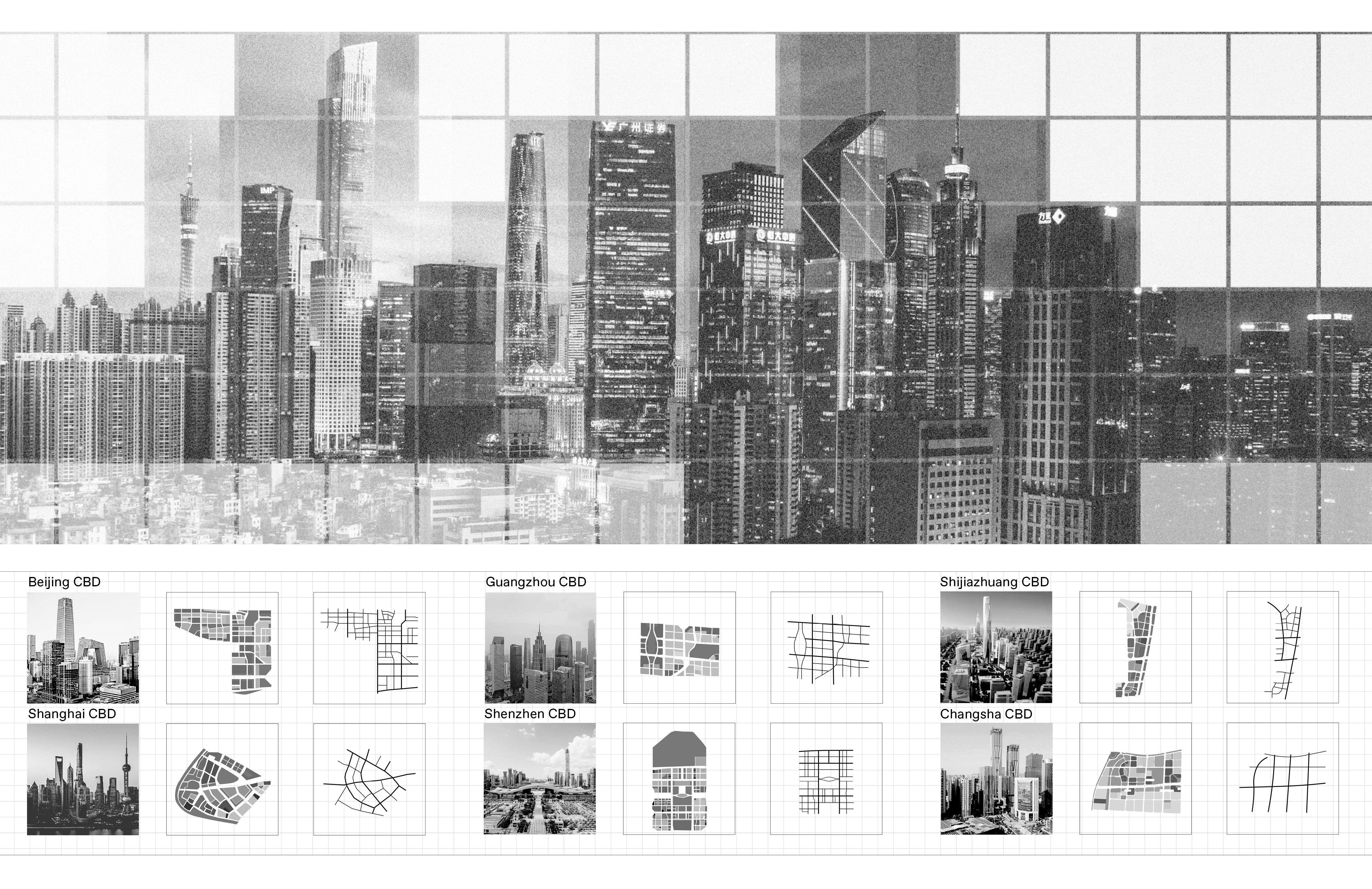
Such Urban and architecture design strategy of CBD result in a series of fast phenomenon, characterized by speedy transportation, high work intensity, fast consumption, and restless lifestyle. Therefore, the thesis asks the question: Does being fast mean being effective? What characterize an effective urban space?

Manifesto of Slow Urbanism:
1. Being fast DOSE NOT equate to being effective when experiencing urban spaces.
2. We need to weave slowness back into the speedy contemporary metropolis.
3. Urban designers and architects should design AGAINST:
i. Homogenous experiences
ii. Rigid living patterns
iii. Defined relationship
3. Urban designers and architects should design FOR:
i. Heterogeneous experience
ii. Unexpected acquaintances
iii. Diverse and open relationships
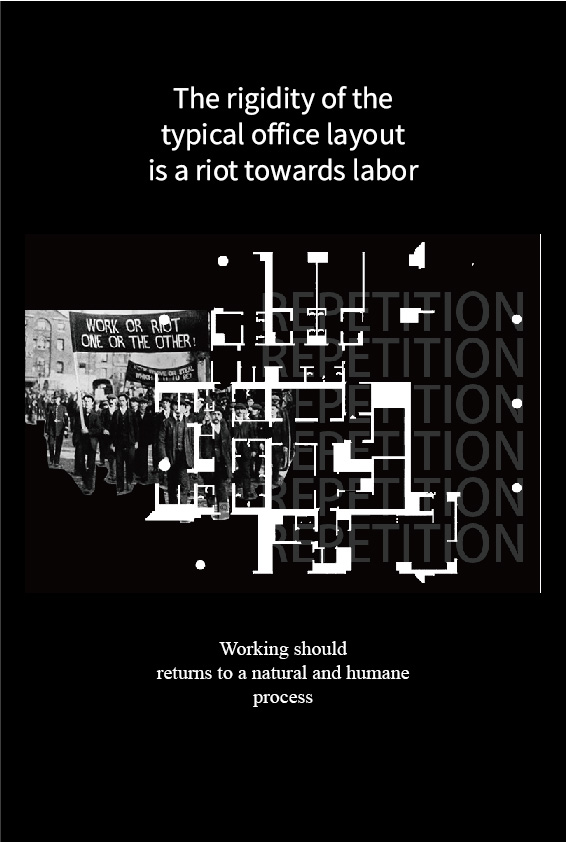
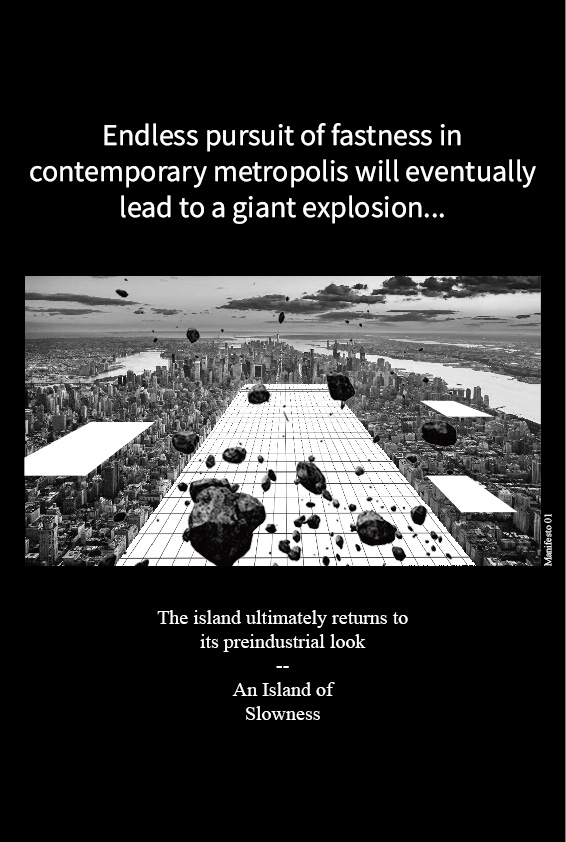
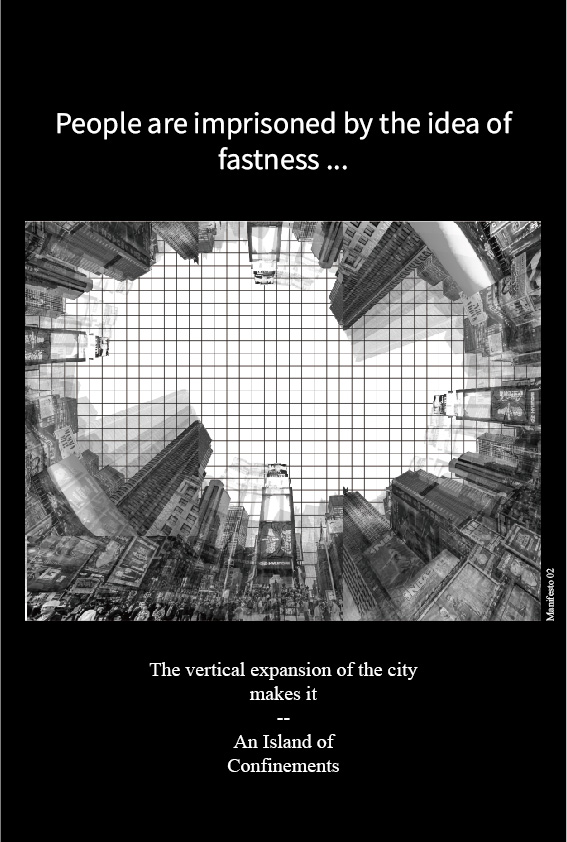
DECONSTRUCT
&
RECONSTRUCT
&
RECONSTRUCT
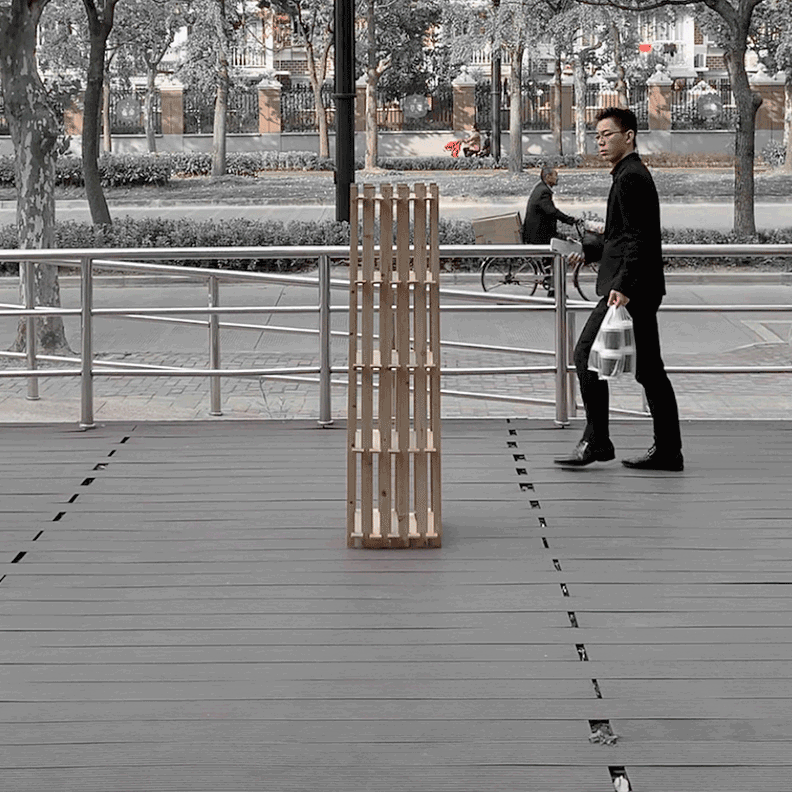

Through redefinition of urban design framework and reconstruction of architectural typologies, the thesis aims to create slow urban spectacles that can weave slowness back into the speedy CBD model. The testing ground for this thesis is Zhu Jiang New Town in Guangzhou.
![]()

To answer these
questions, the thesis tests out the manifesto through different programs and
scales, including four chapters: slow urban block, slow workspace, slow
commercial and slow residential.
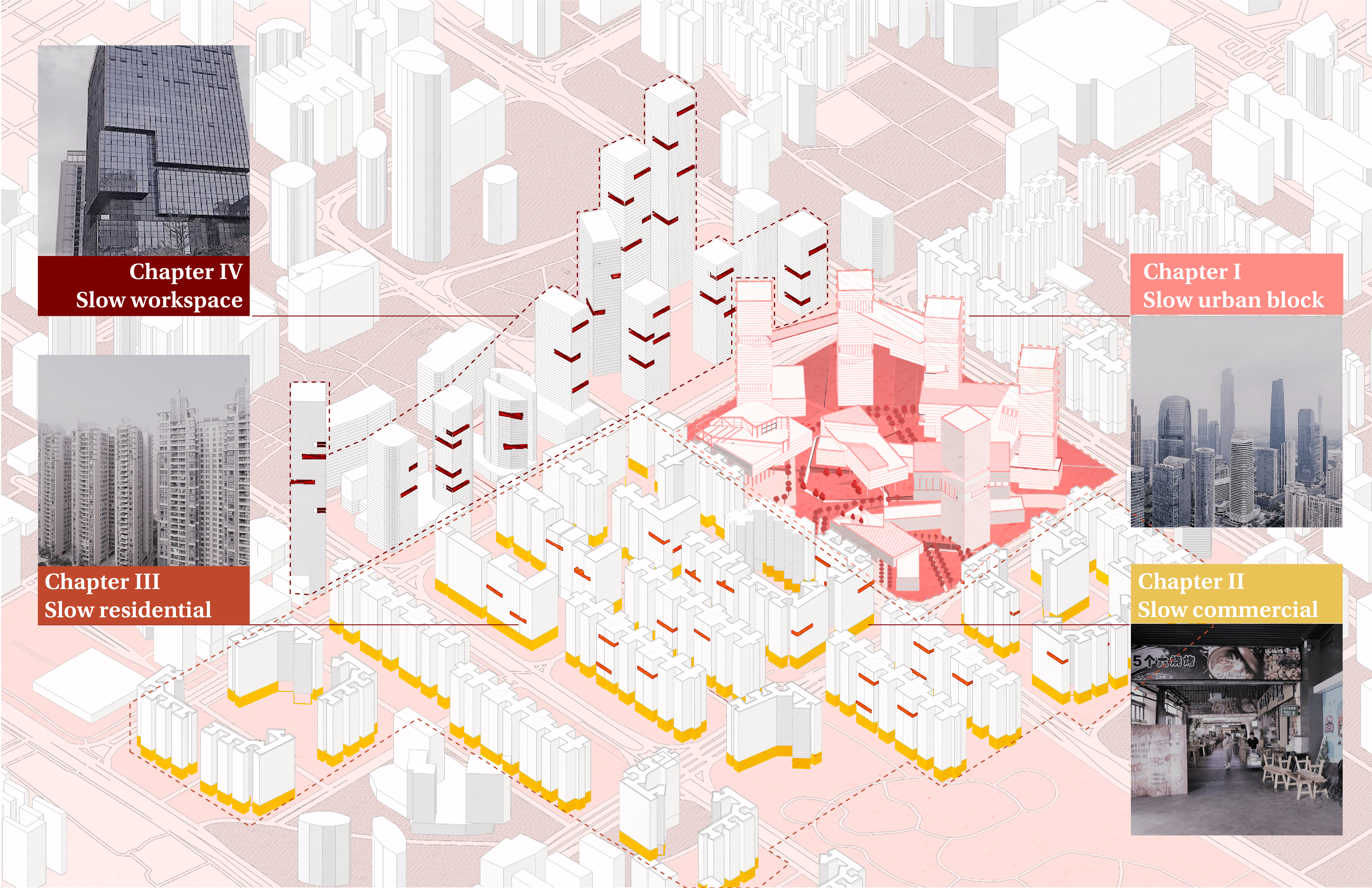
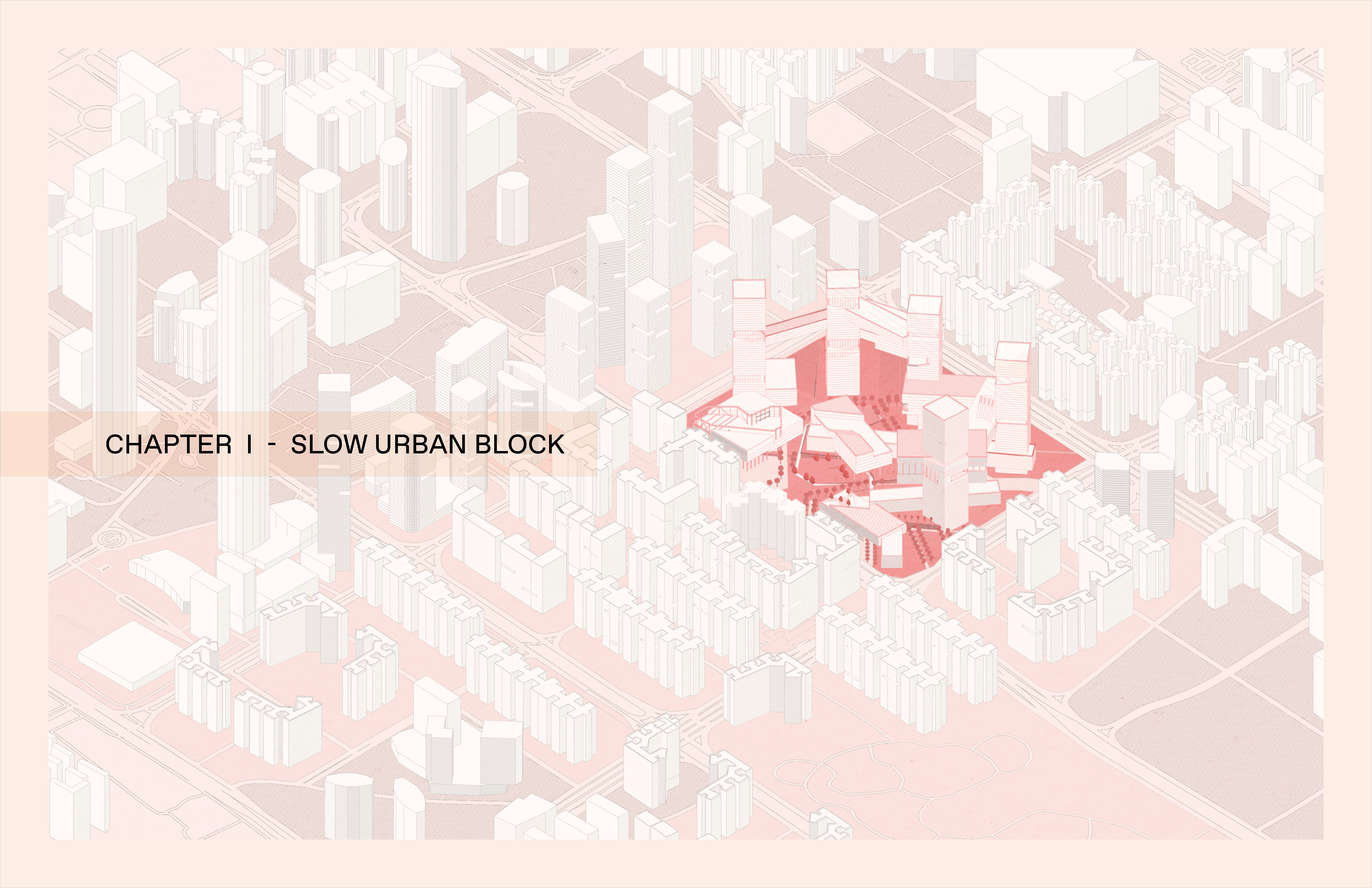
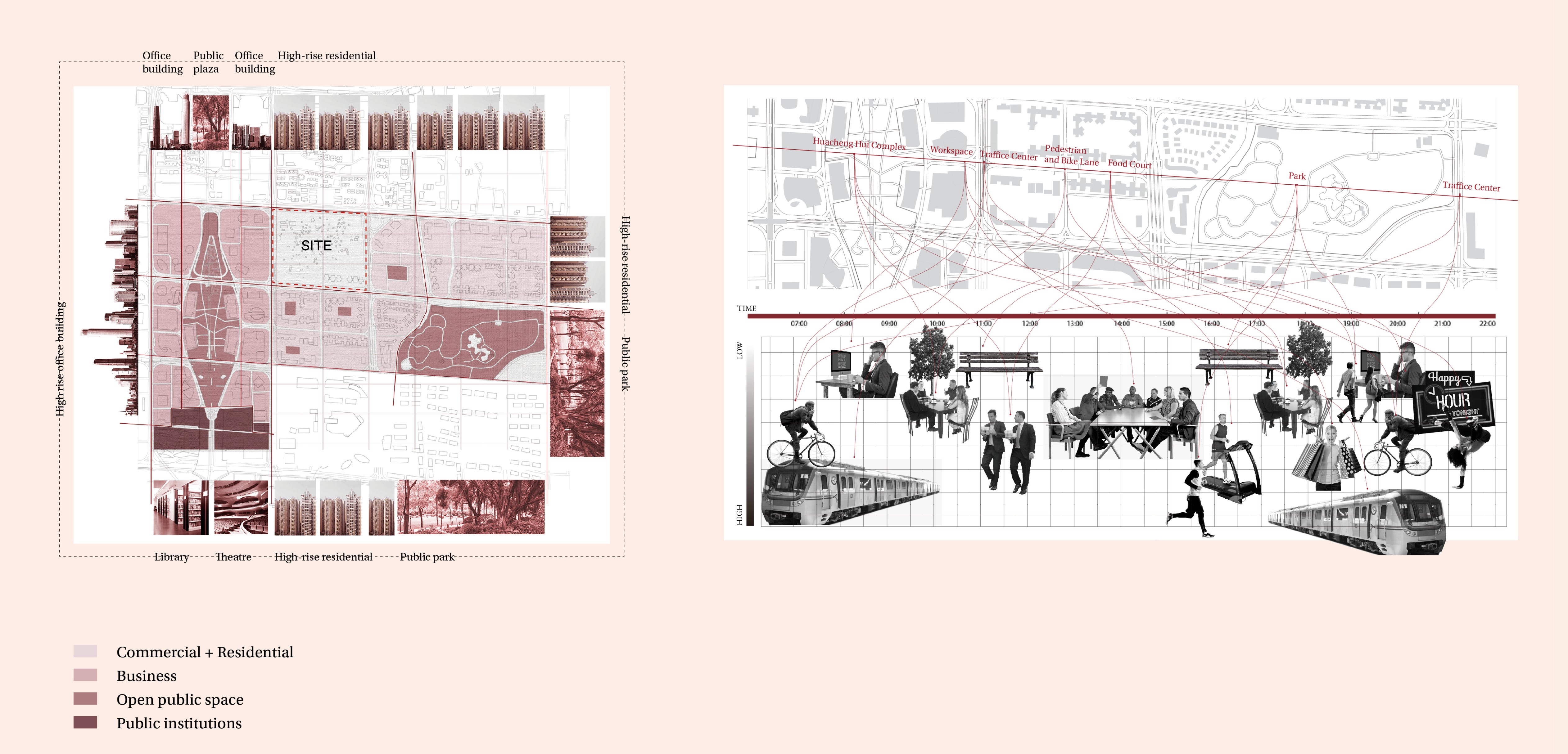 SITE ANALYSIS
SITE ANALYSIS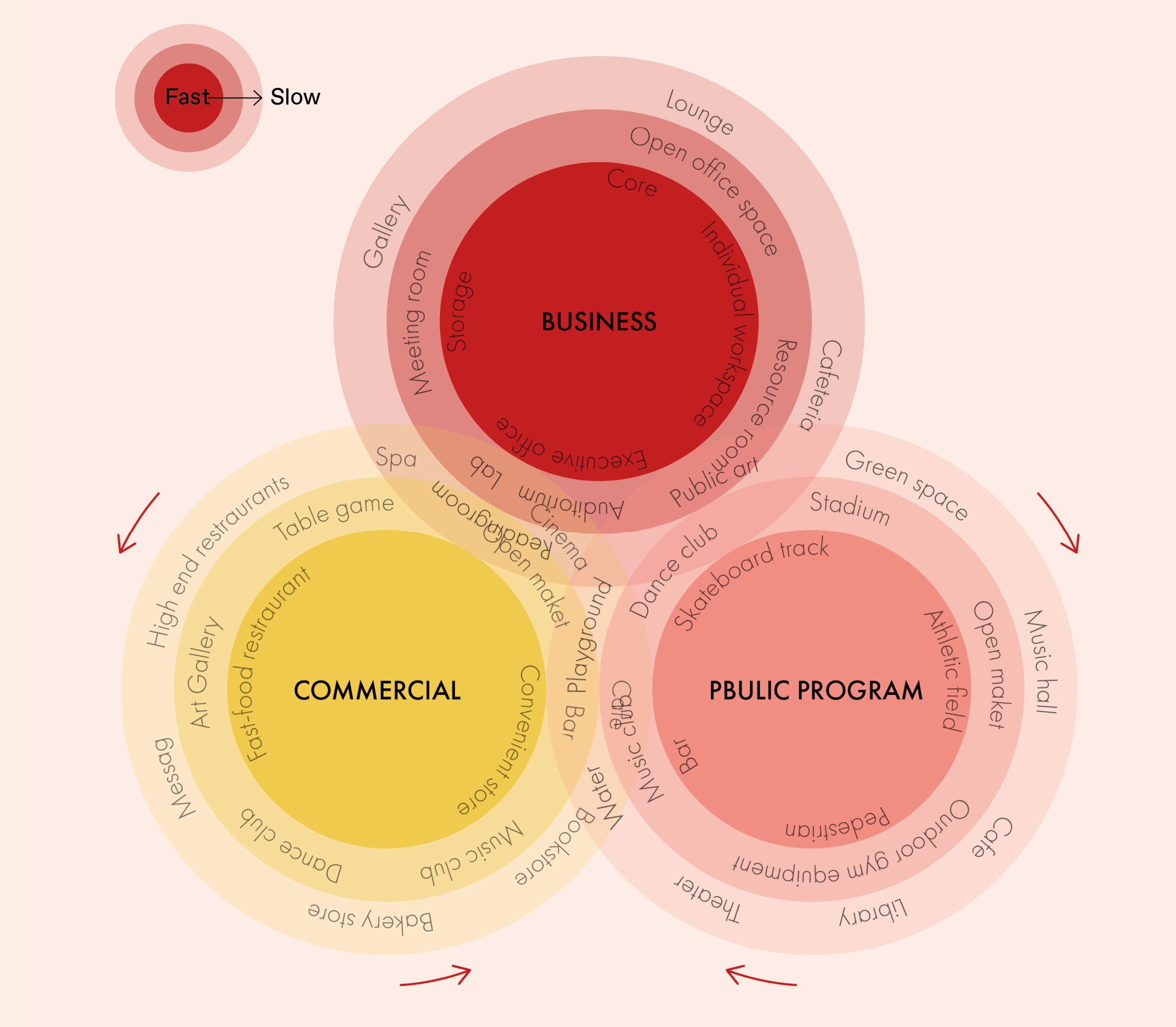 PROGRAM
PROGRAM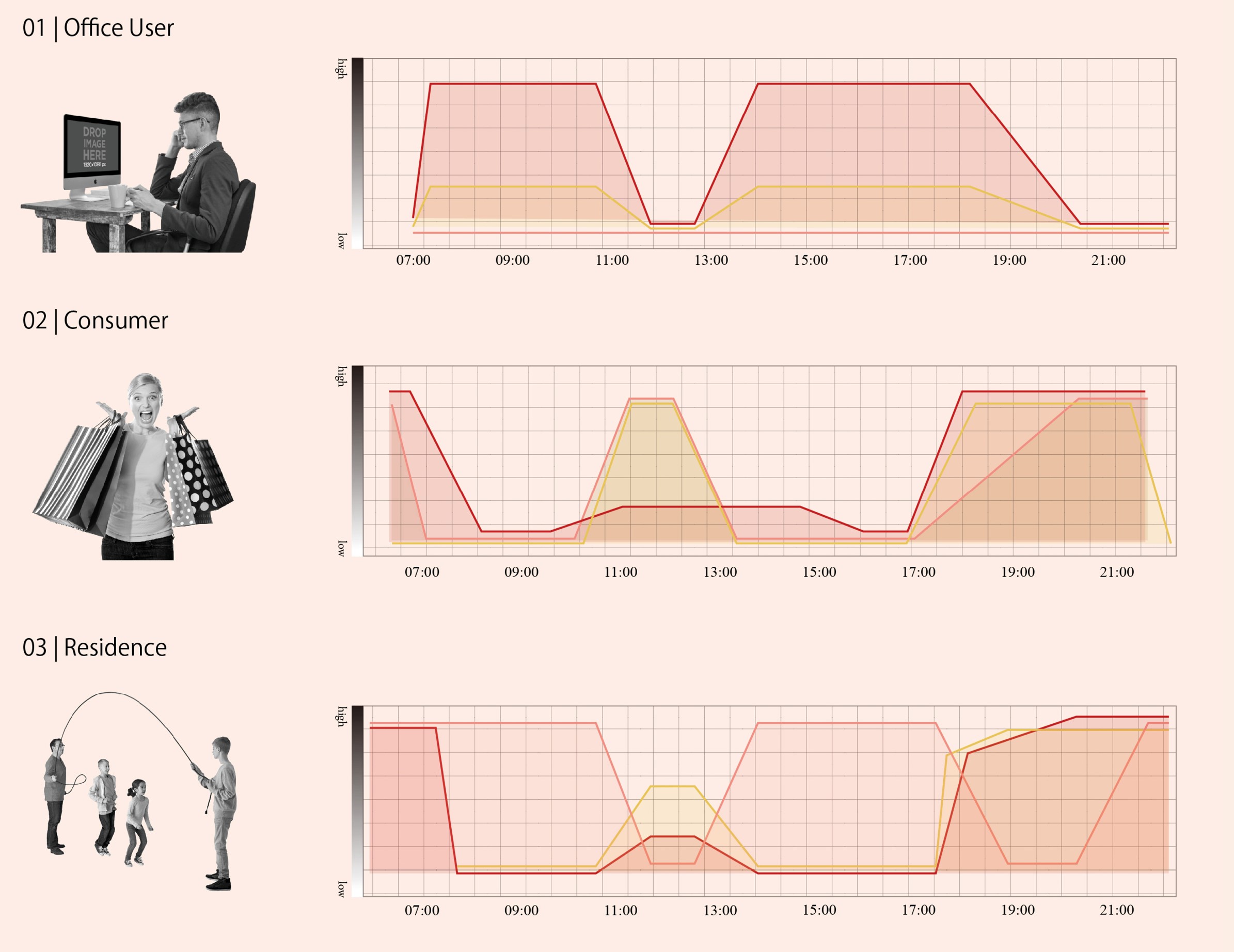 USER
USER DIAGRAM OF OPERATION
DIAGRAM OF OPERATION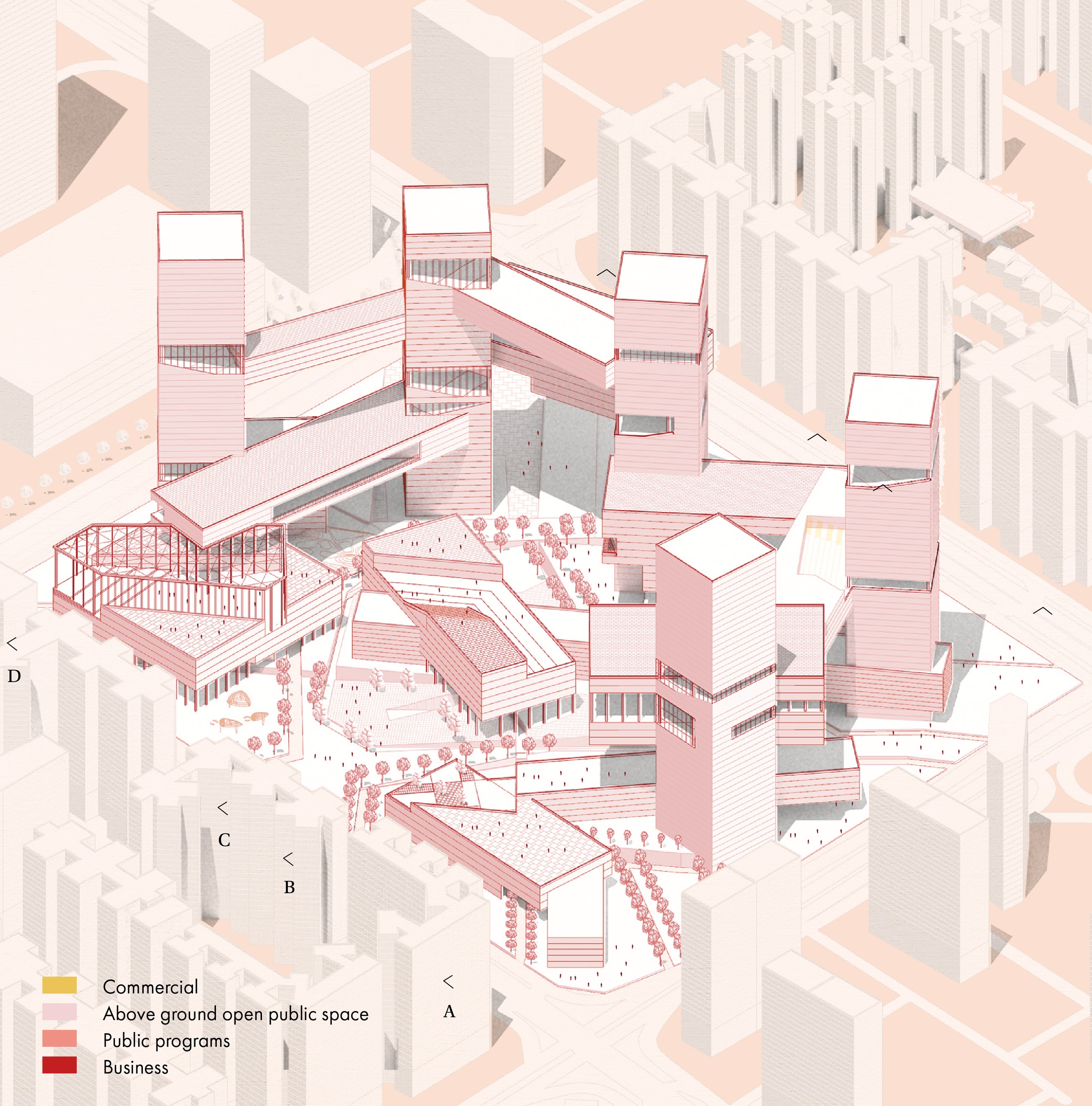 AXON
AXON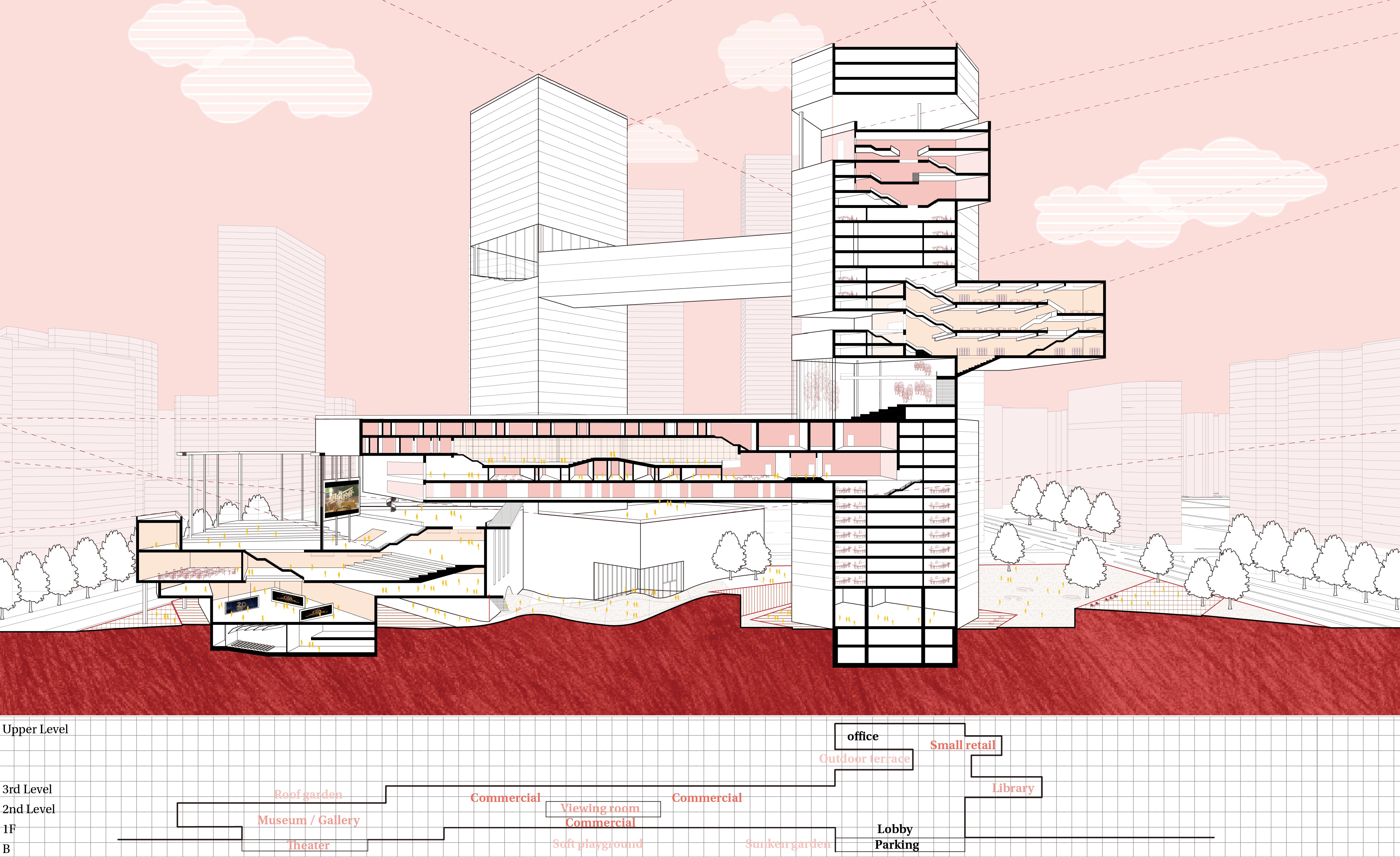 SECTION THROUGH THE BLOCK
SECTION THROUGH THE BLOCK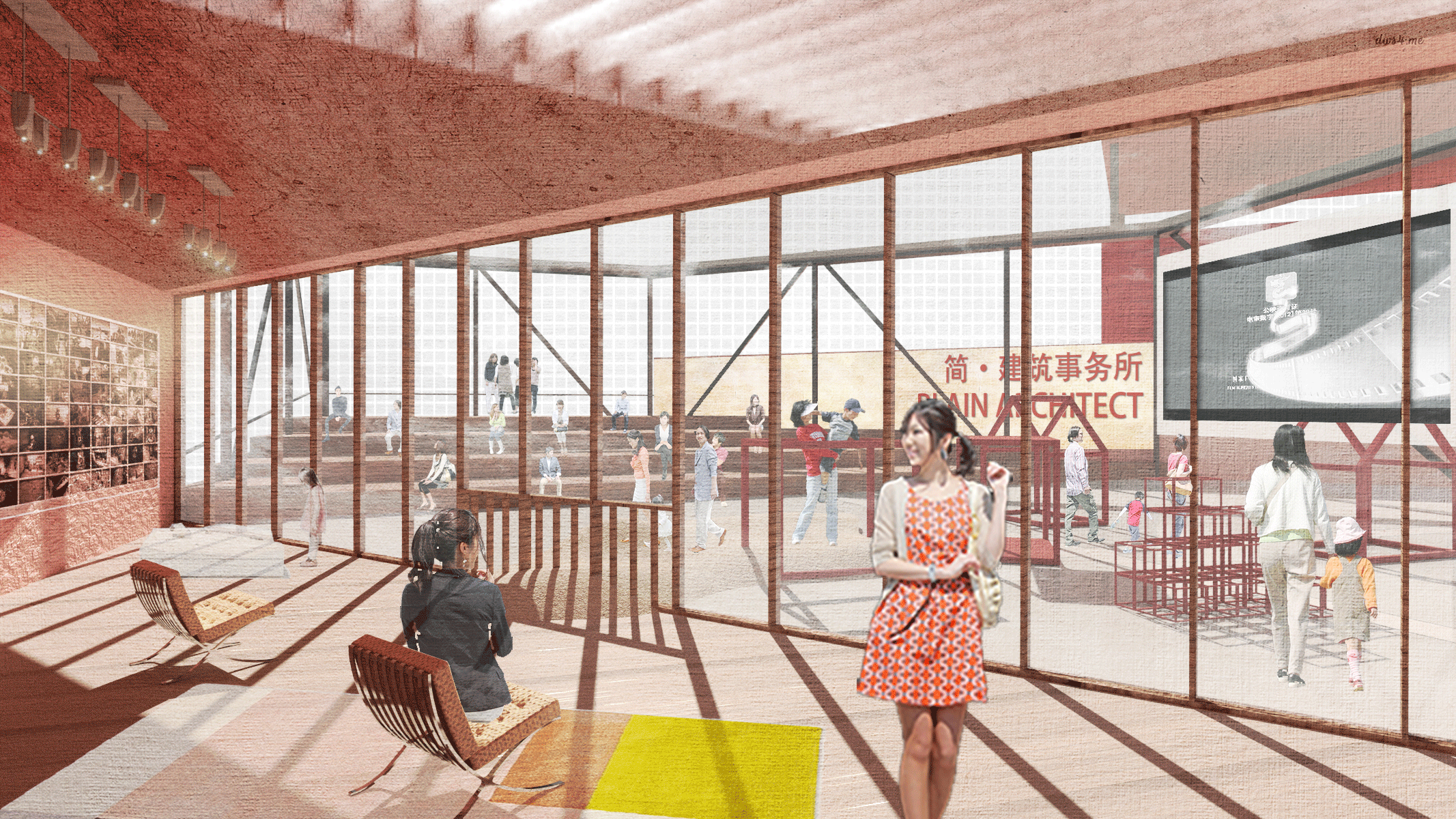 MUSEUM
MUSEUM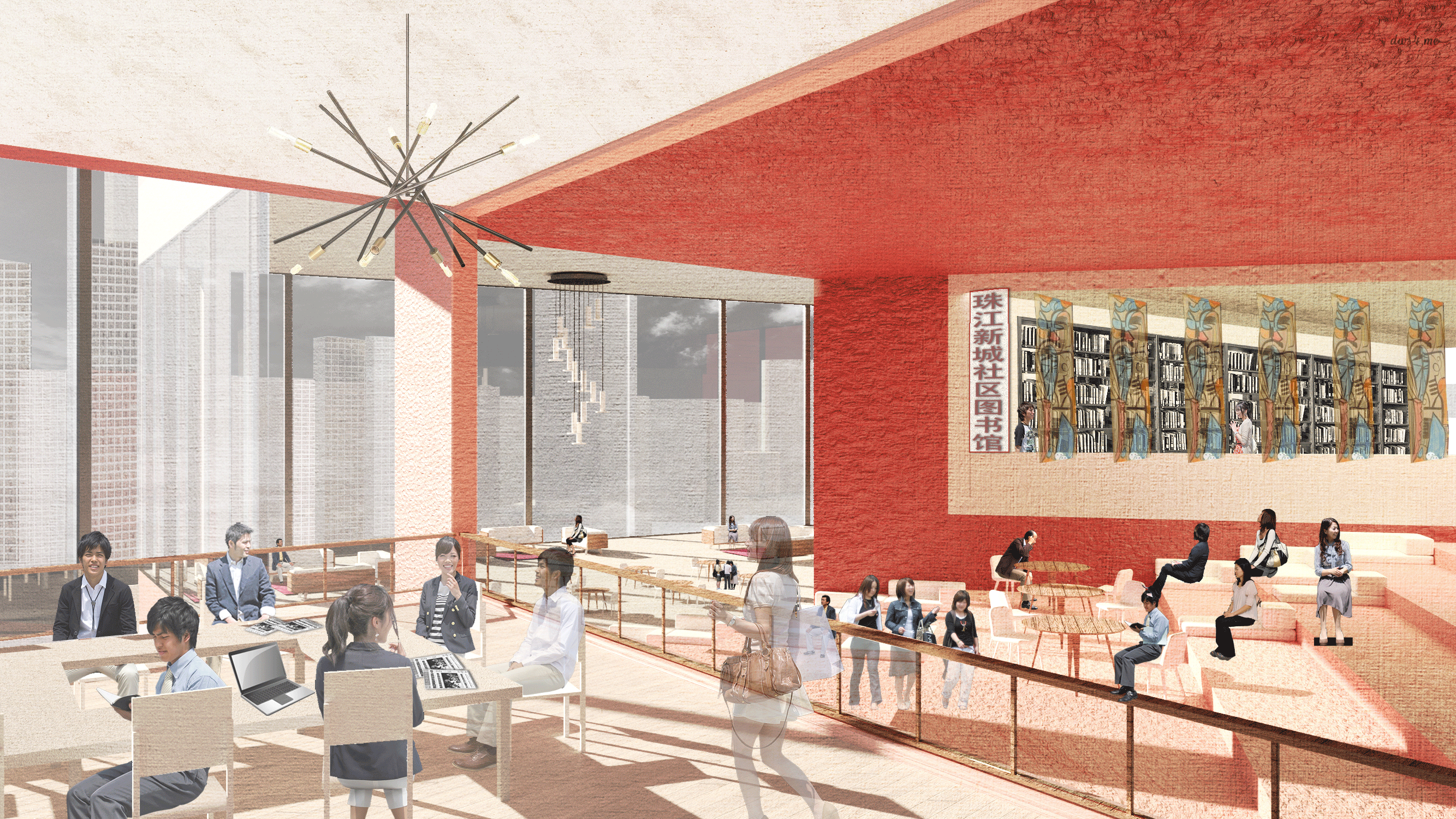 CAFE
CAFE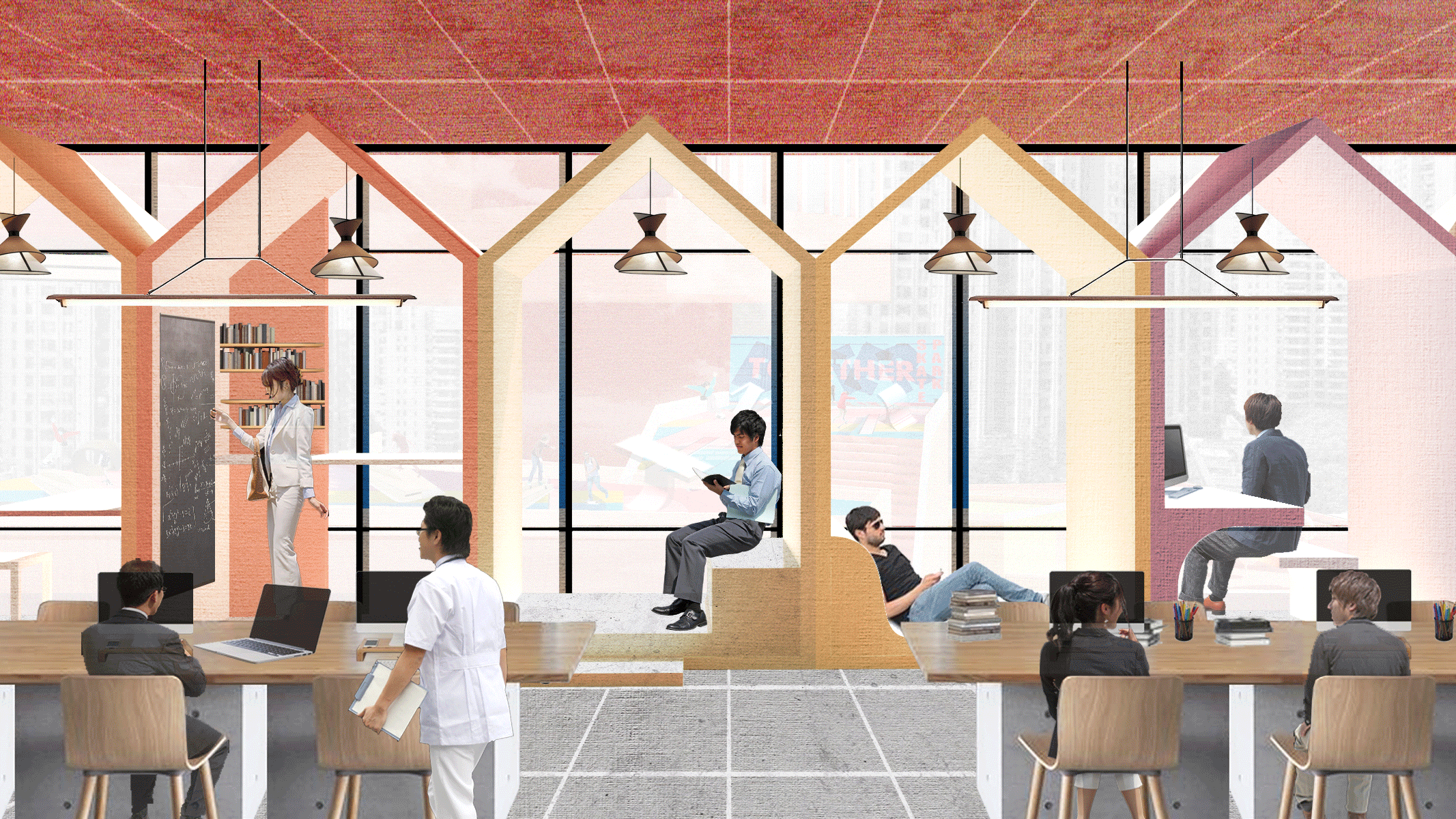 VIEW OF SKATEBOARD PARK FROM OFFICE
VIEW OF SKATEBOARD PARK FROM OFFICE 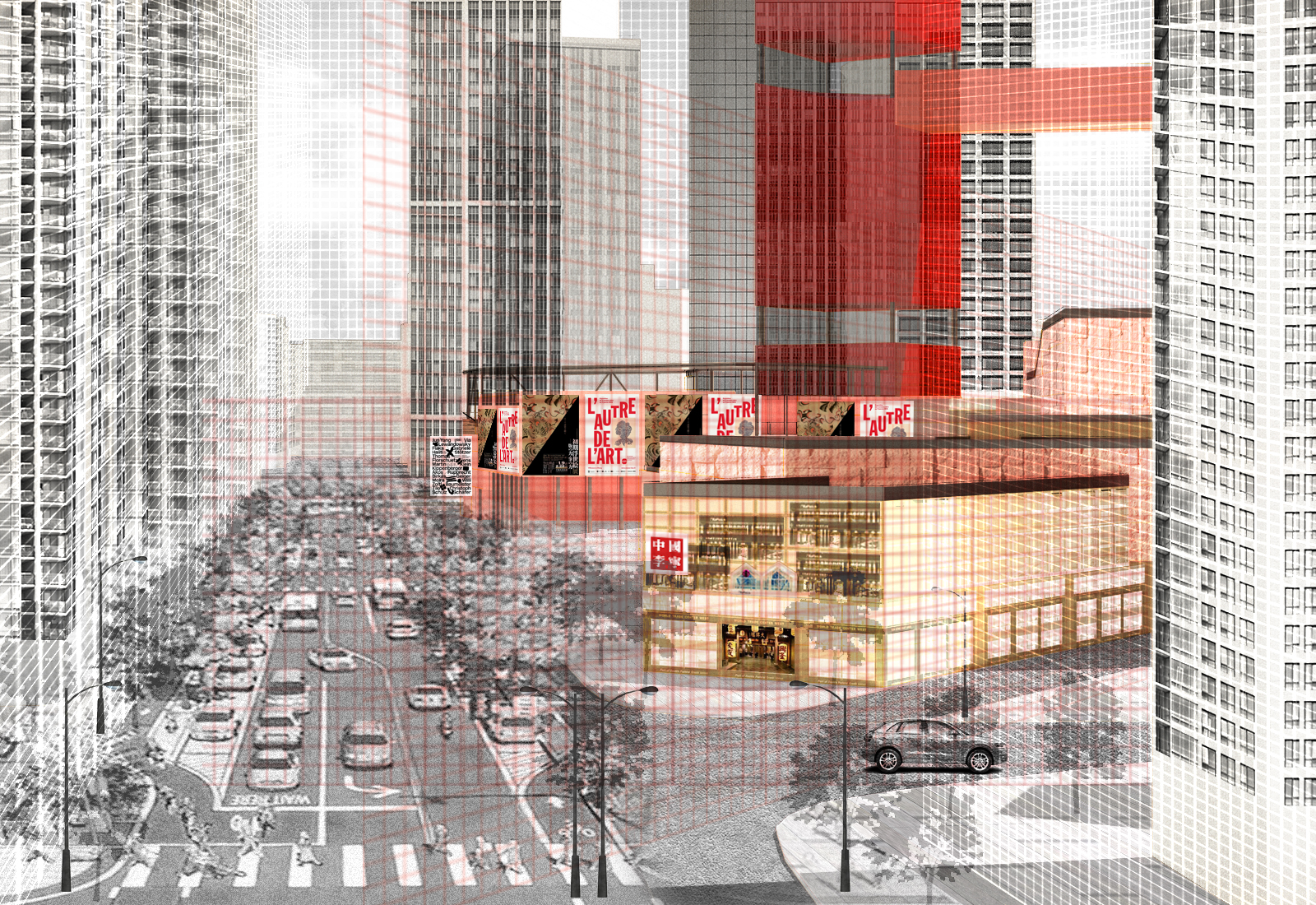 DAY
DAY&
NIGHT
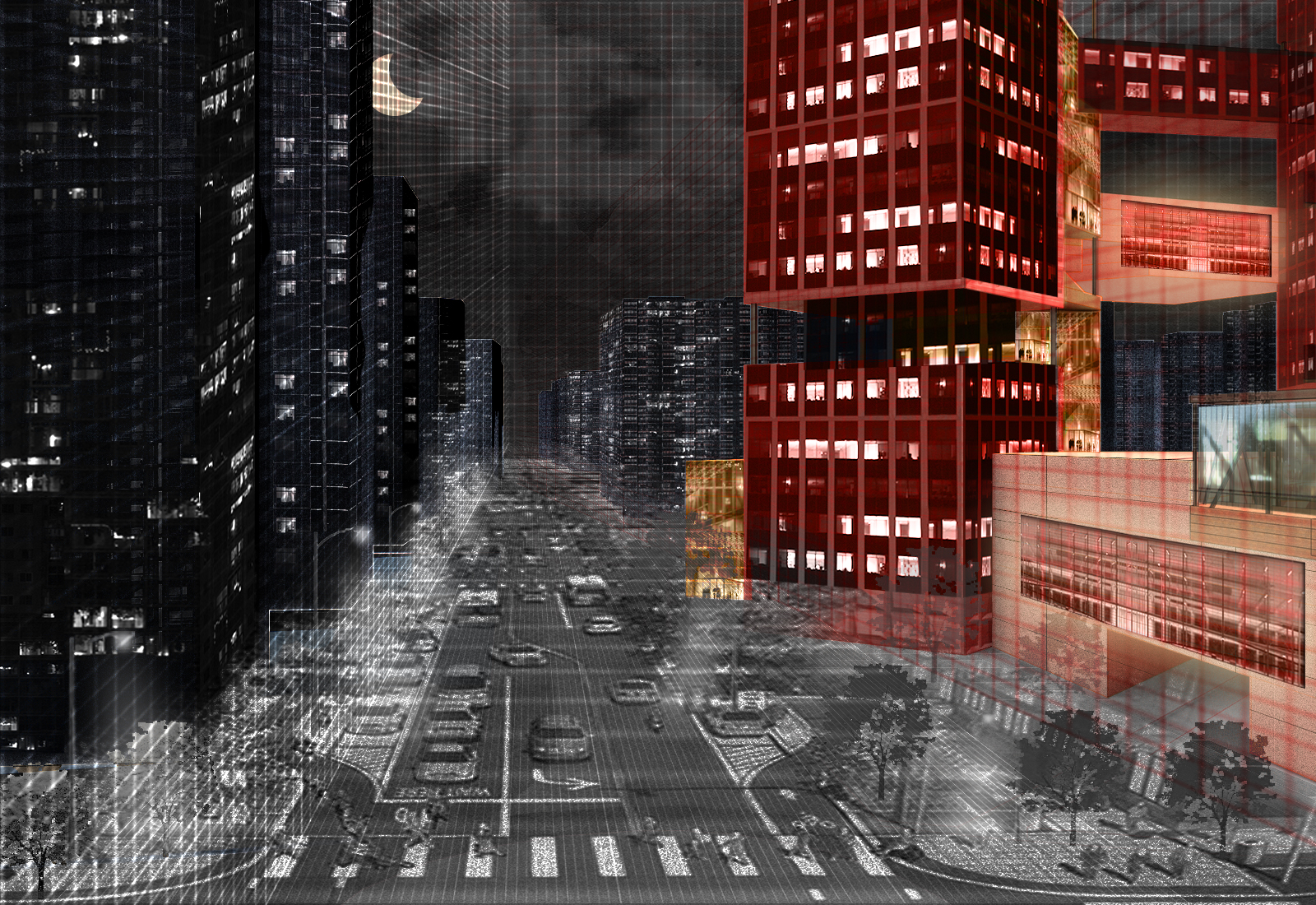
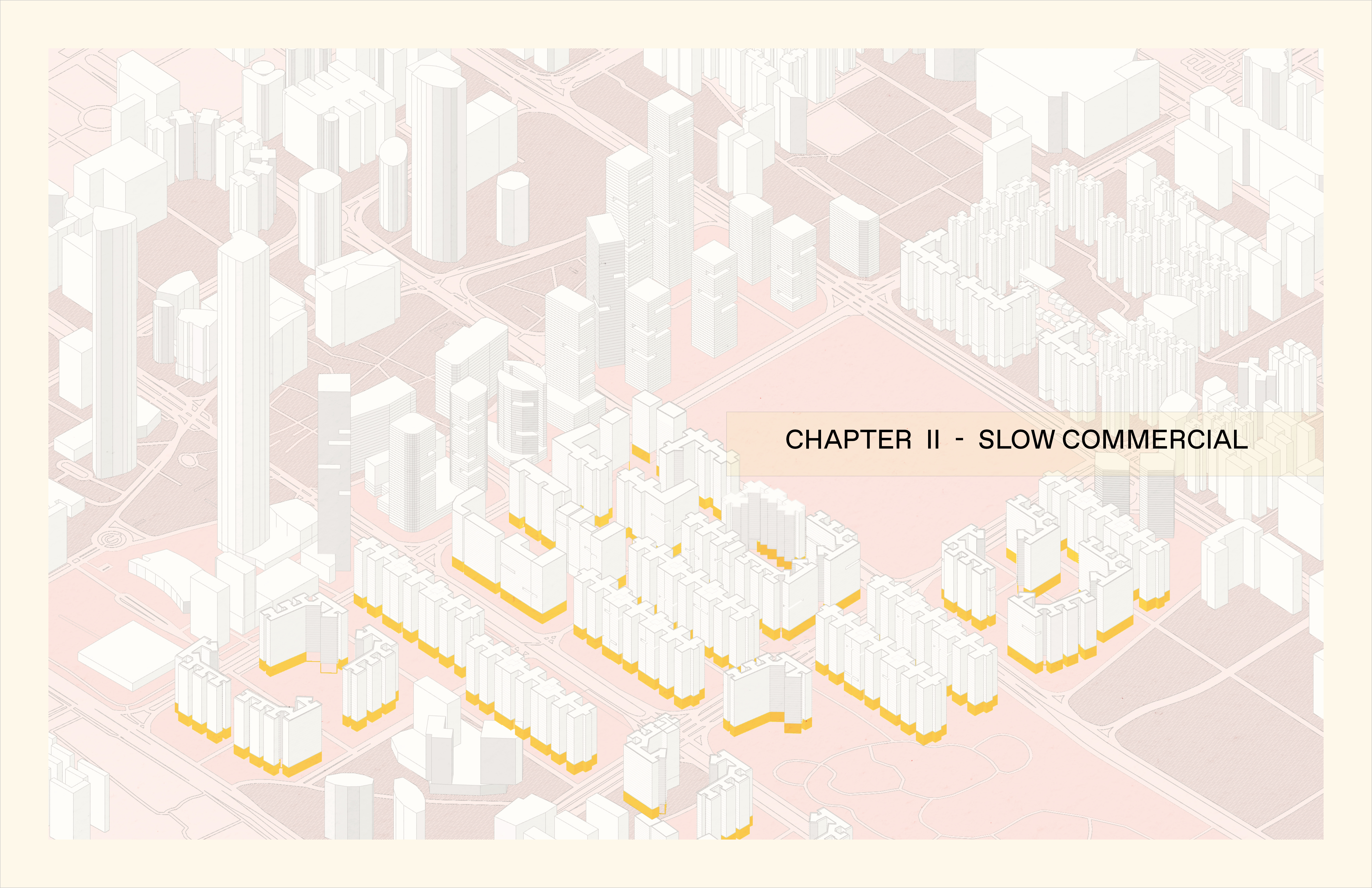
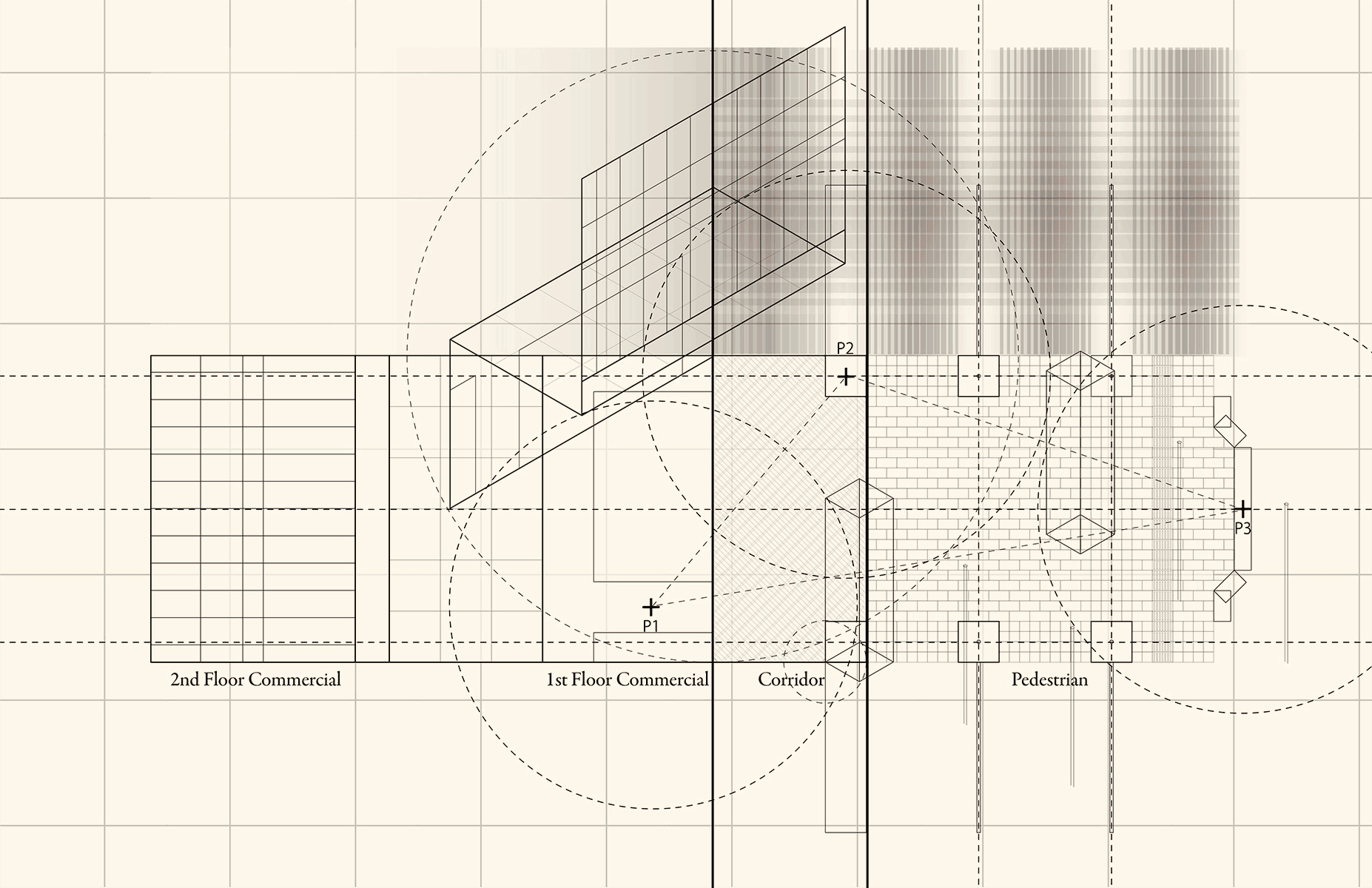 DECONSTRUCTION & RECONSTRUCTION
DECONSTRUCTION & RECONSTRUCTION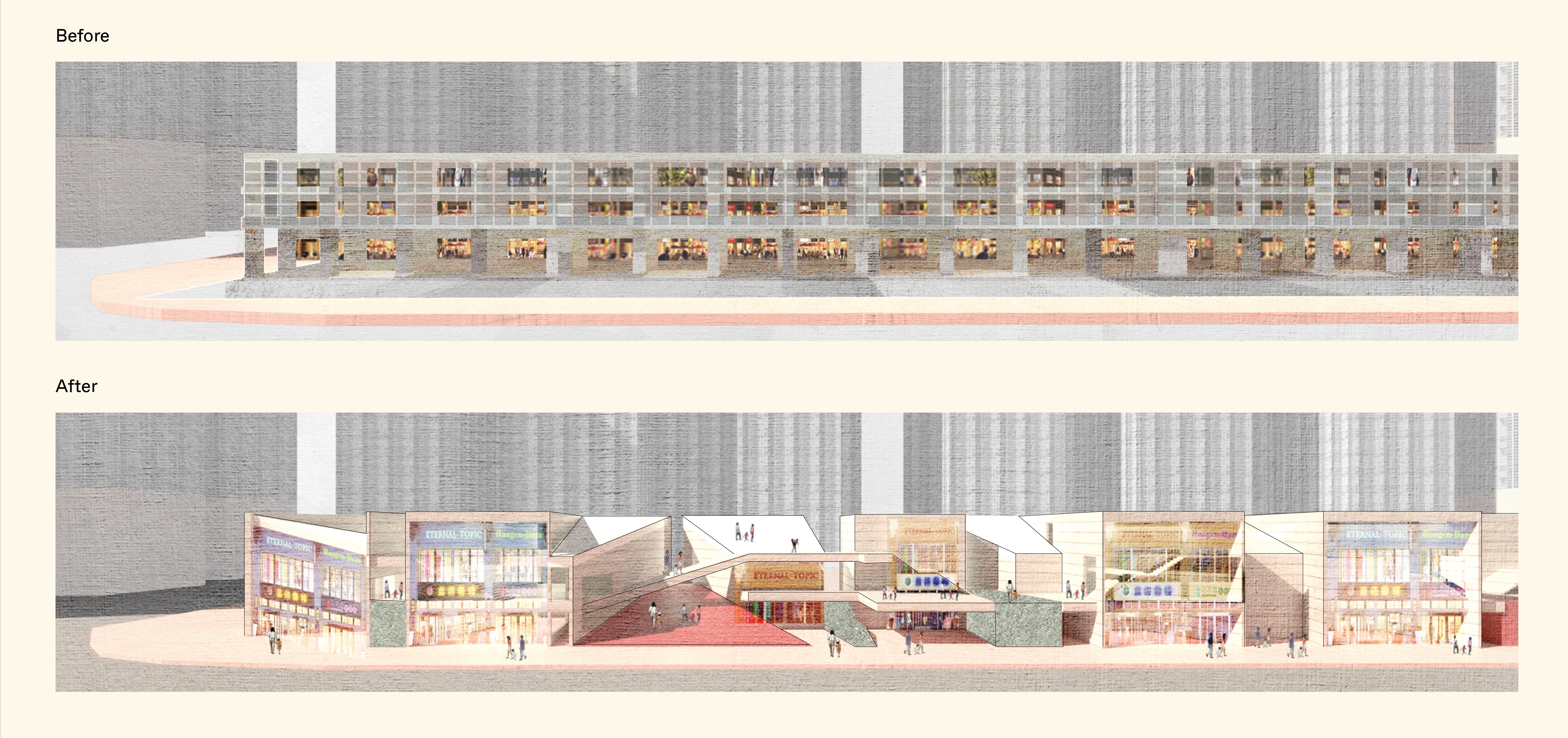 ELEVATIONAL CHANGE
ELEVATIONAL CHANGE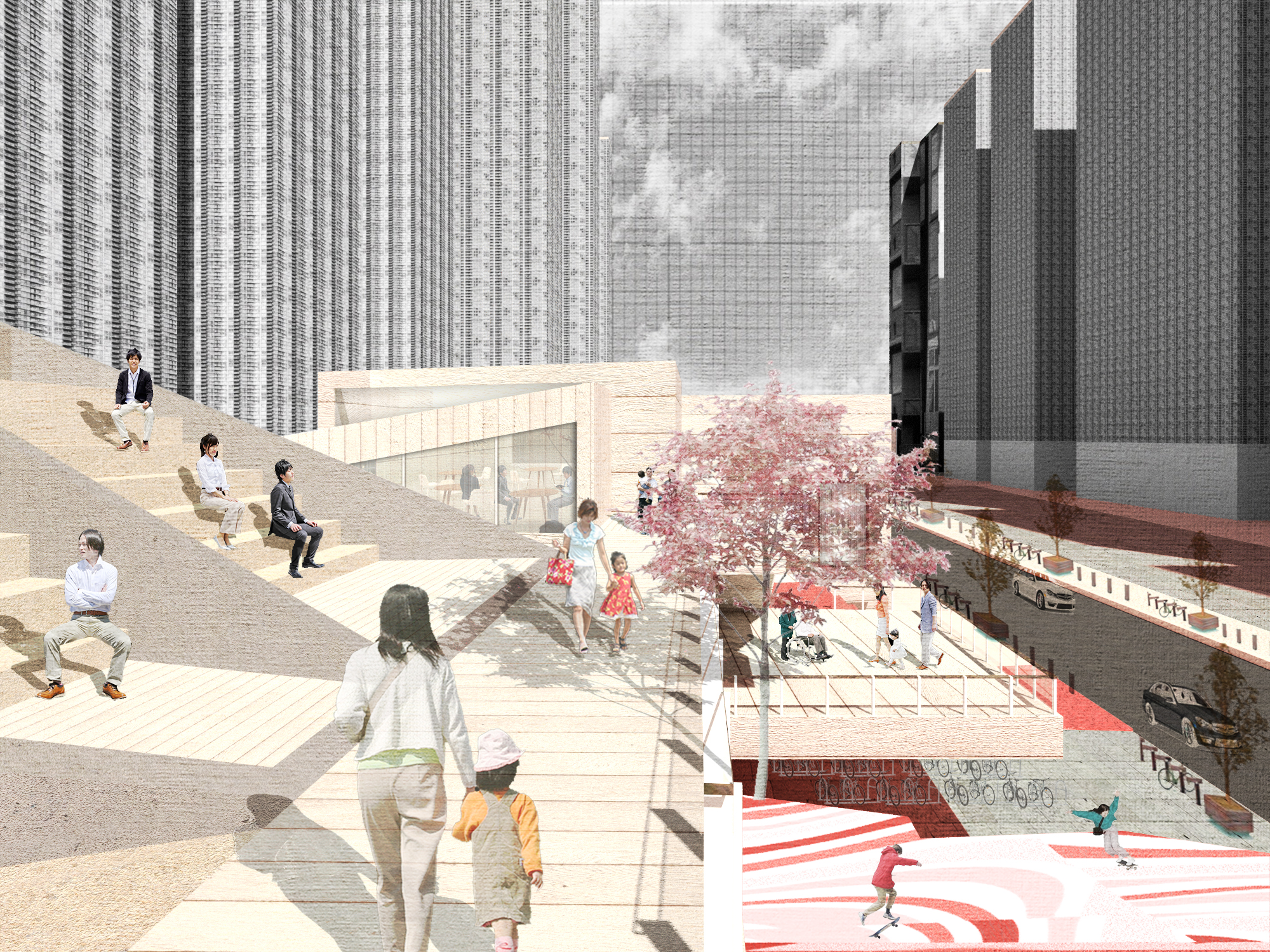 VIEW FROM THE DECK
VIEW FROM THE DECK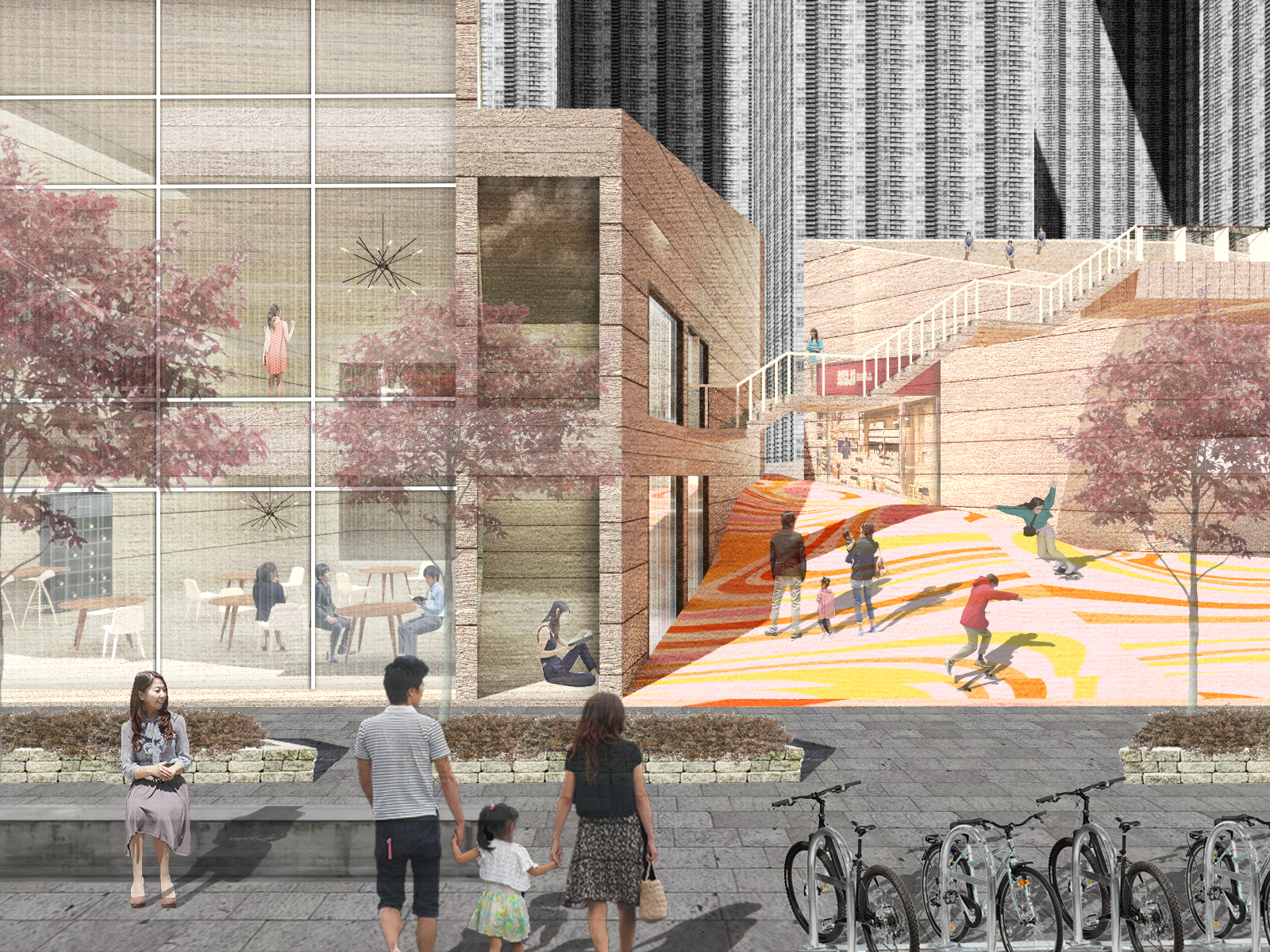 VIEW FROM THE STREET
VIEW FROM THE STREET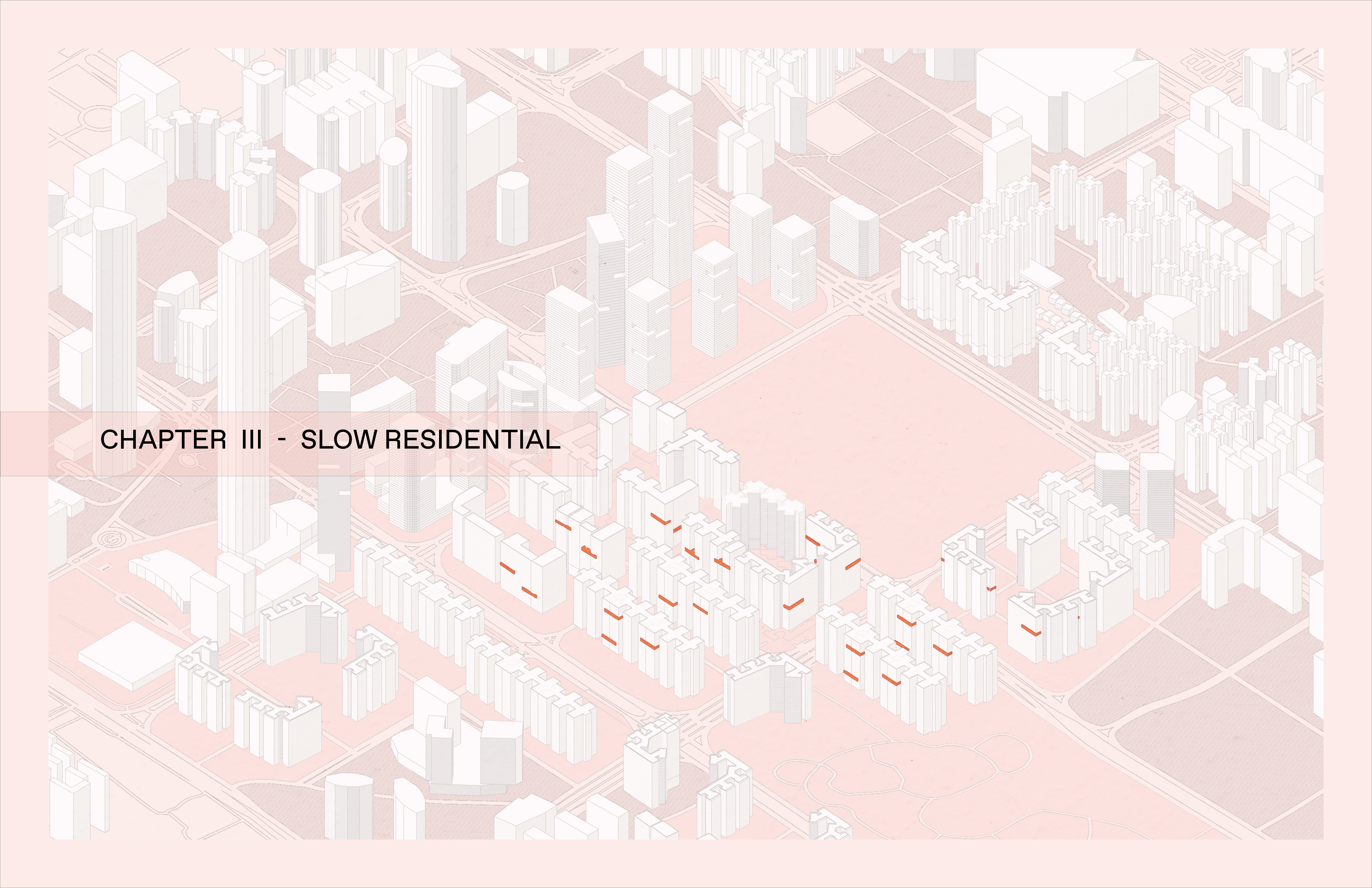
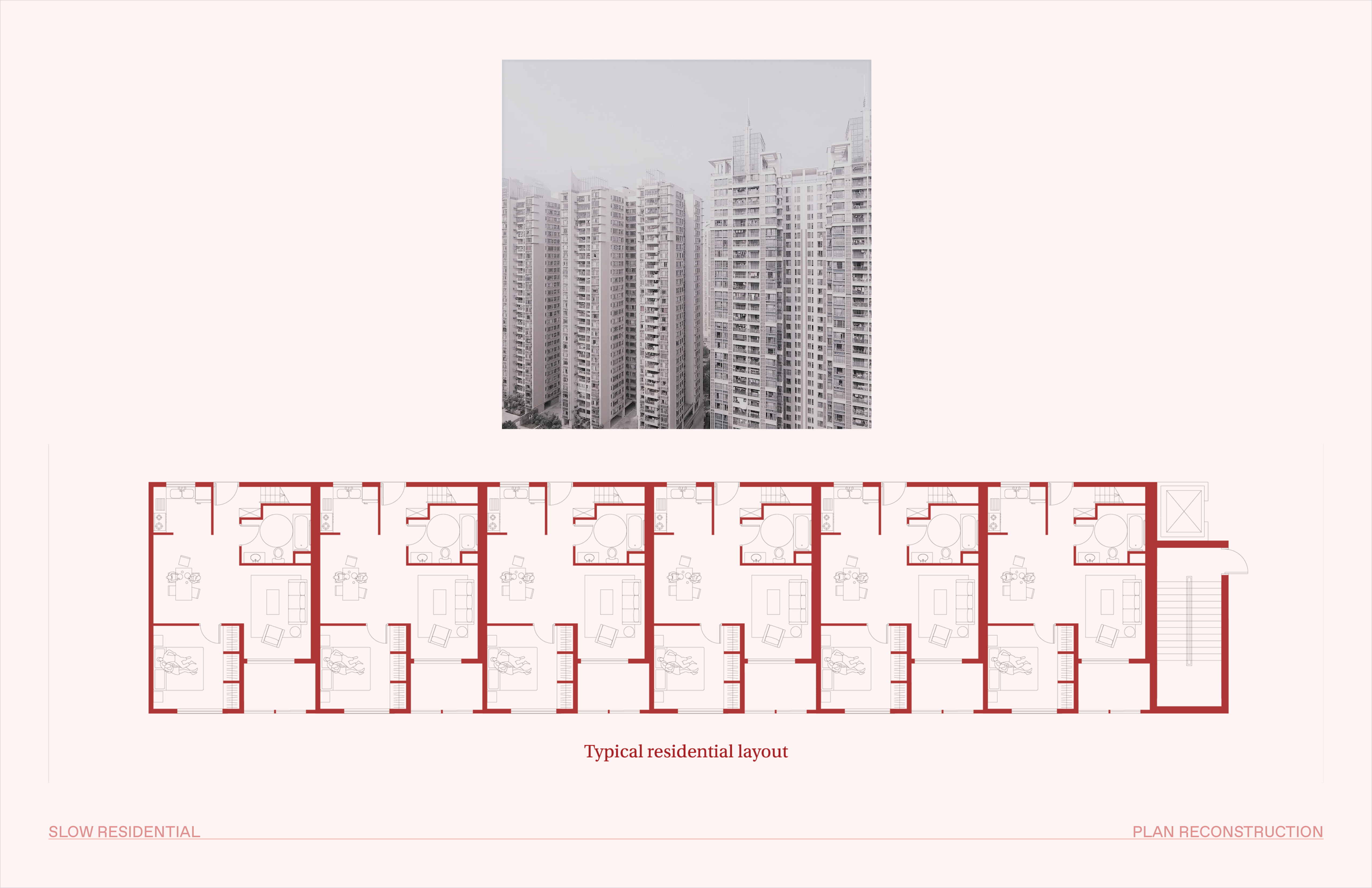

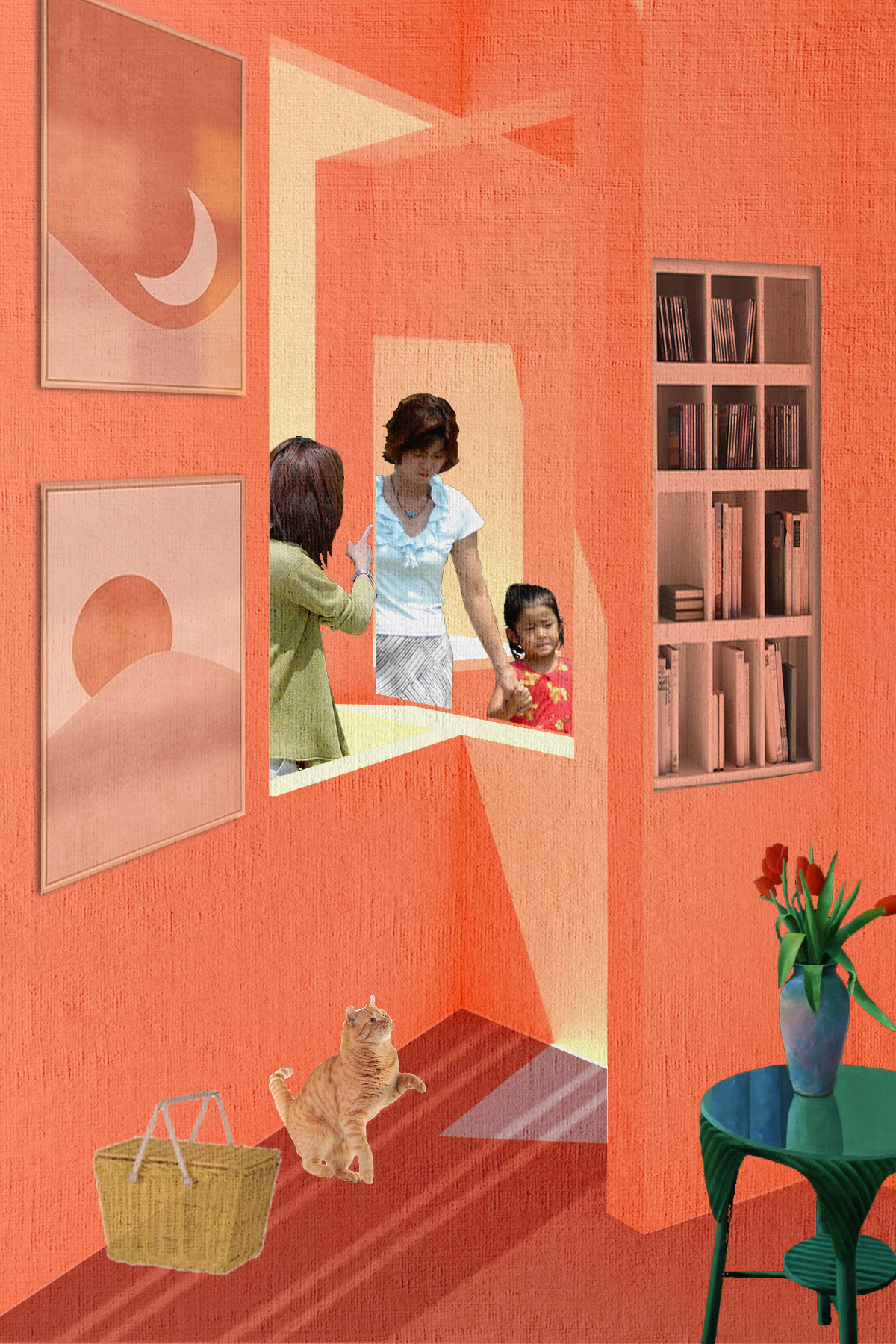
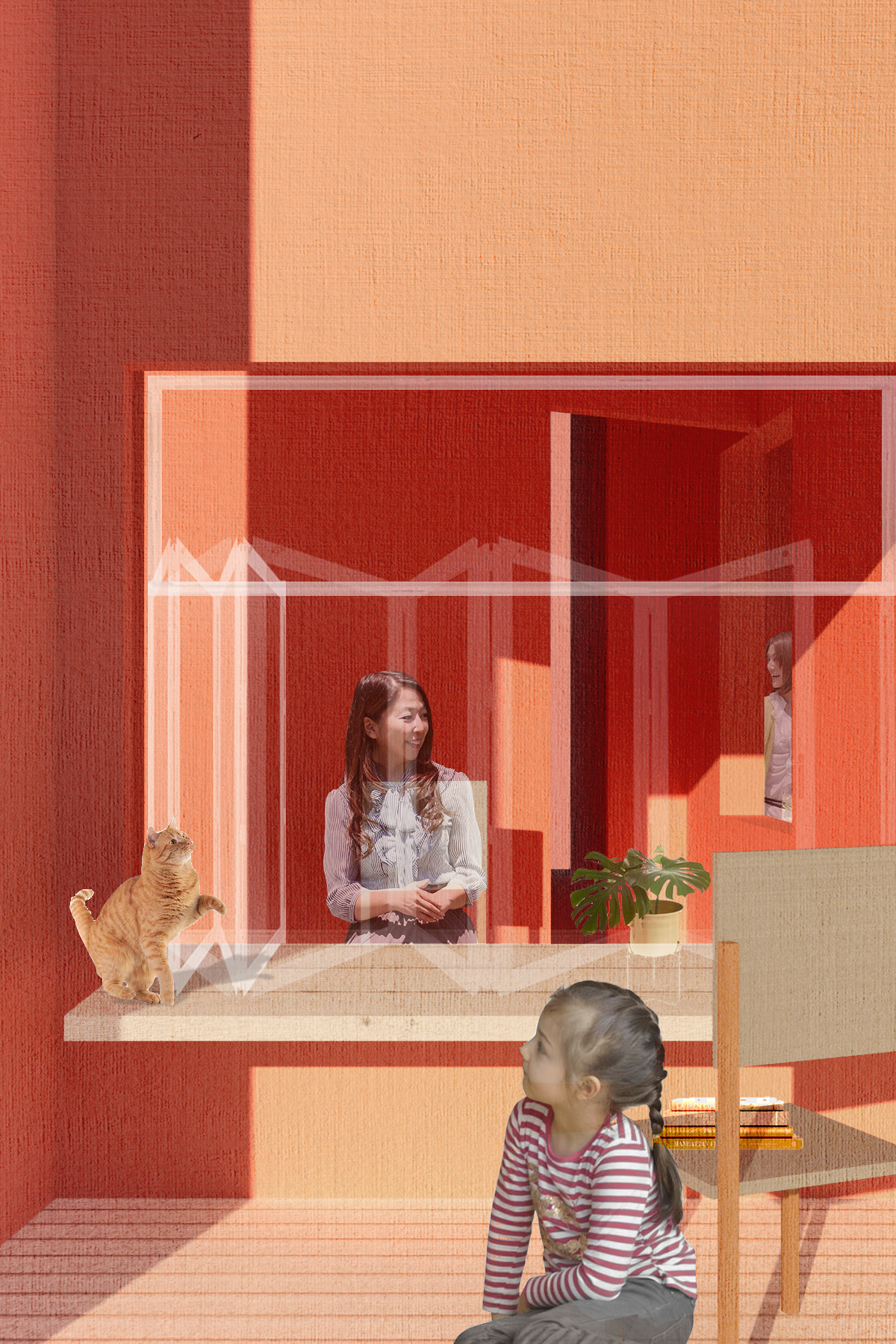
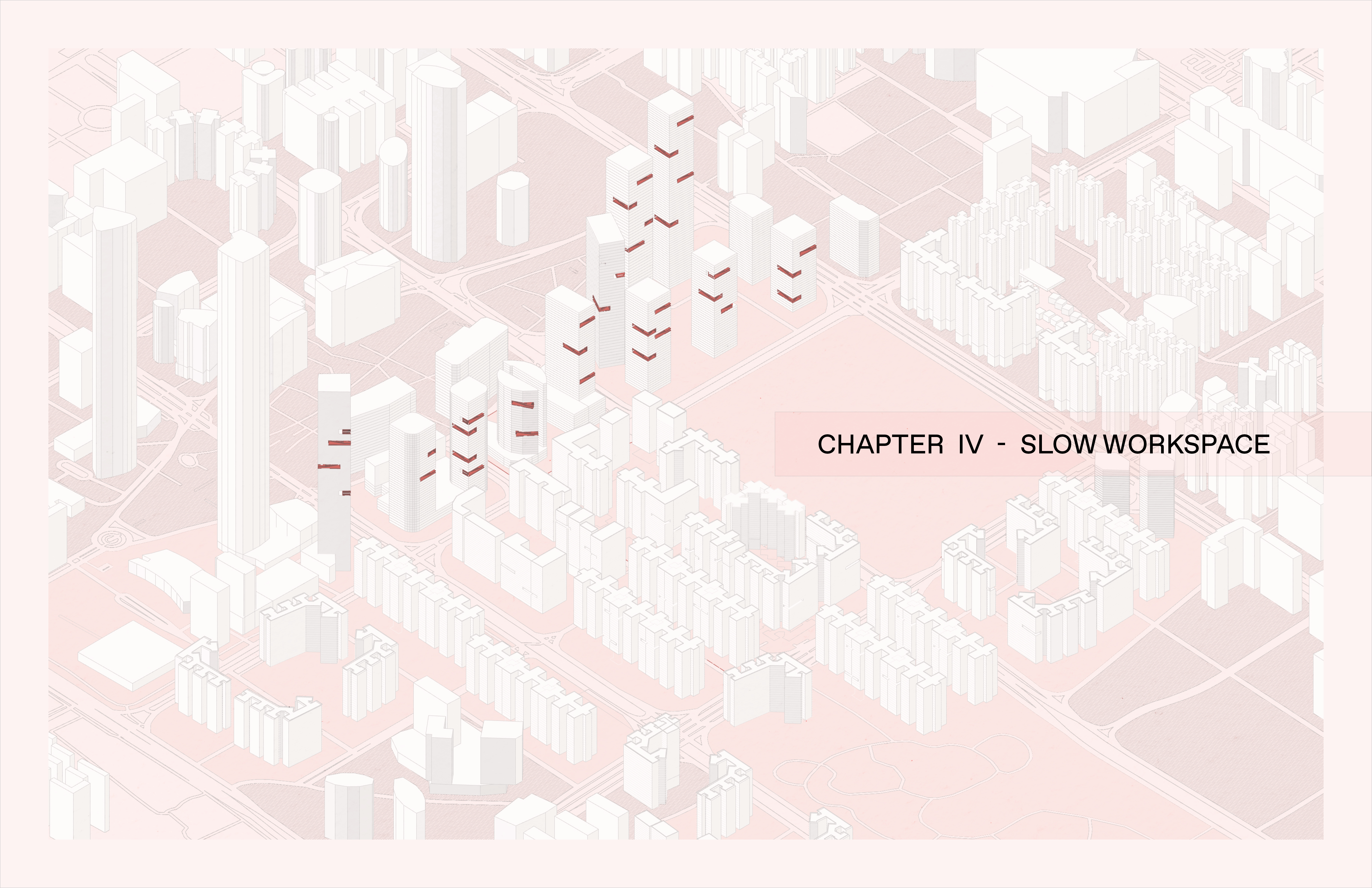
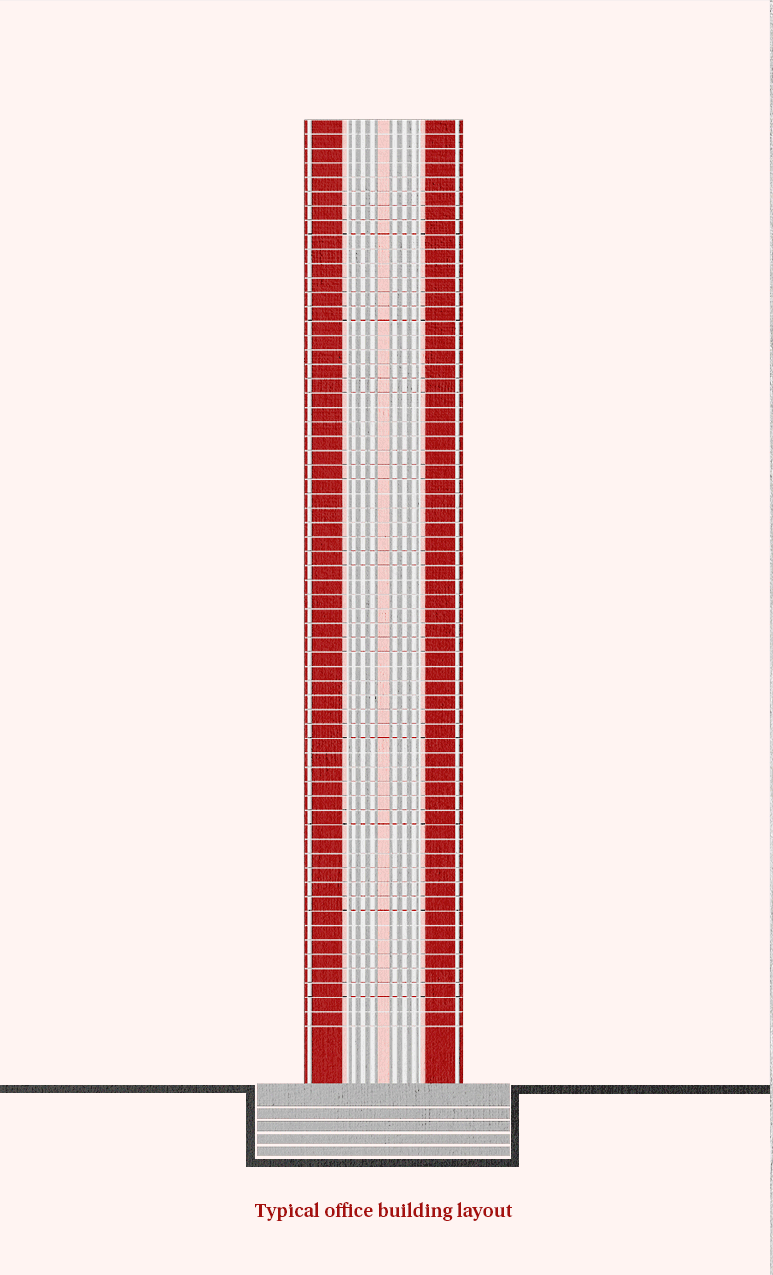
DIAGRAM OF OPERATION
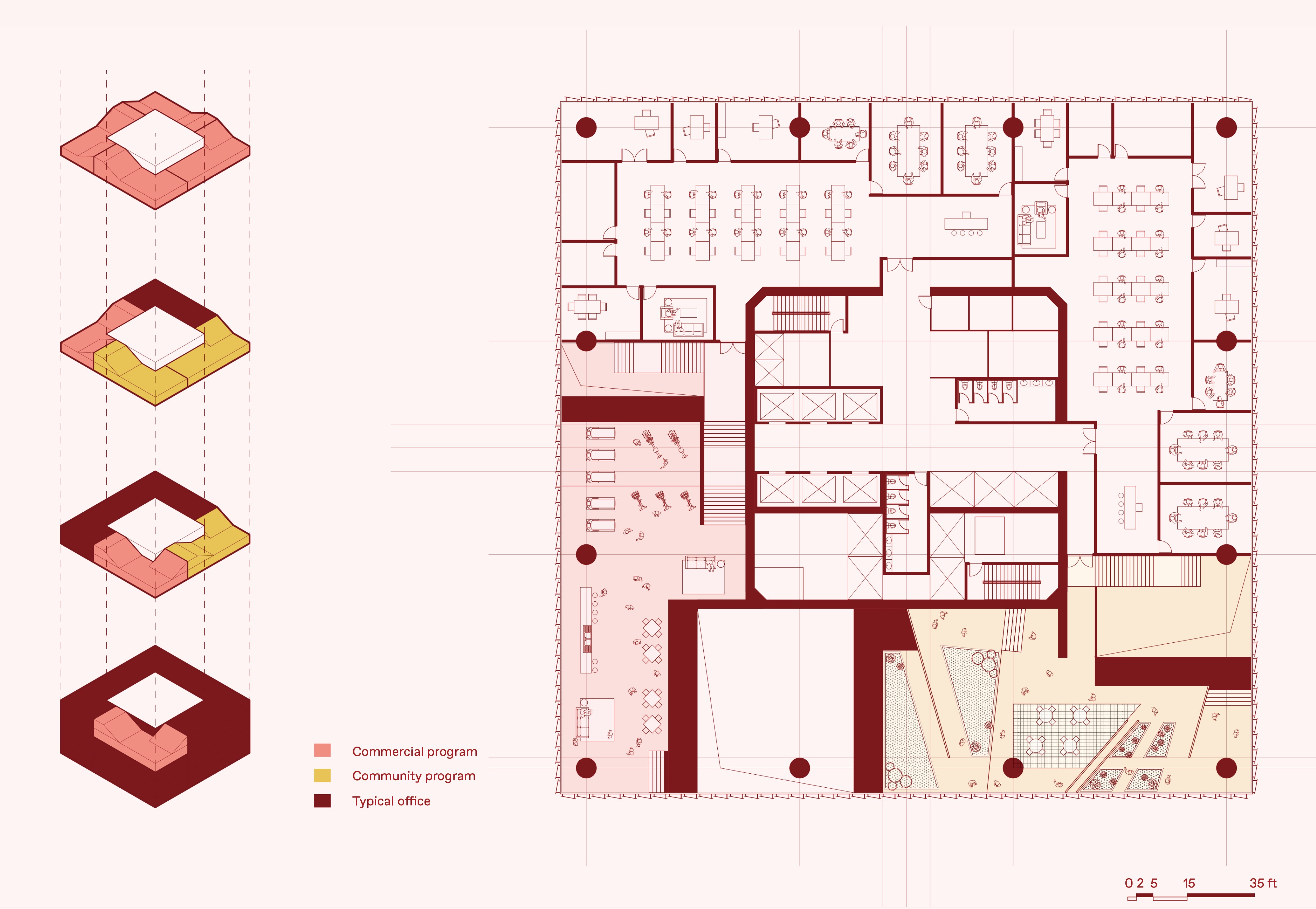 PLAN & PROGRAM DIAGRAM
PLAN & PROGRAM DIAGRAM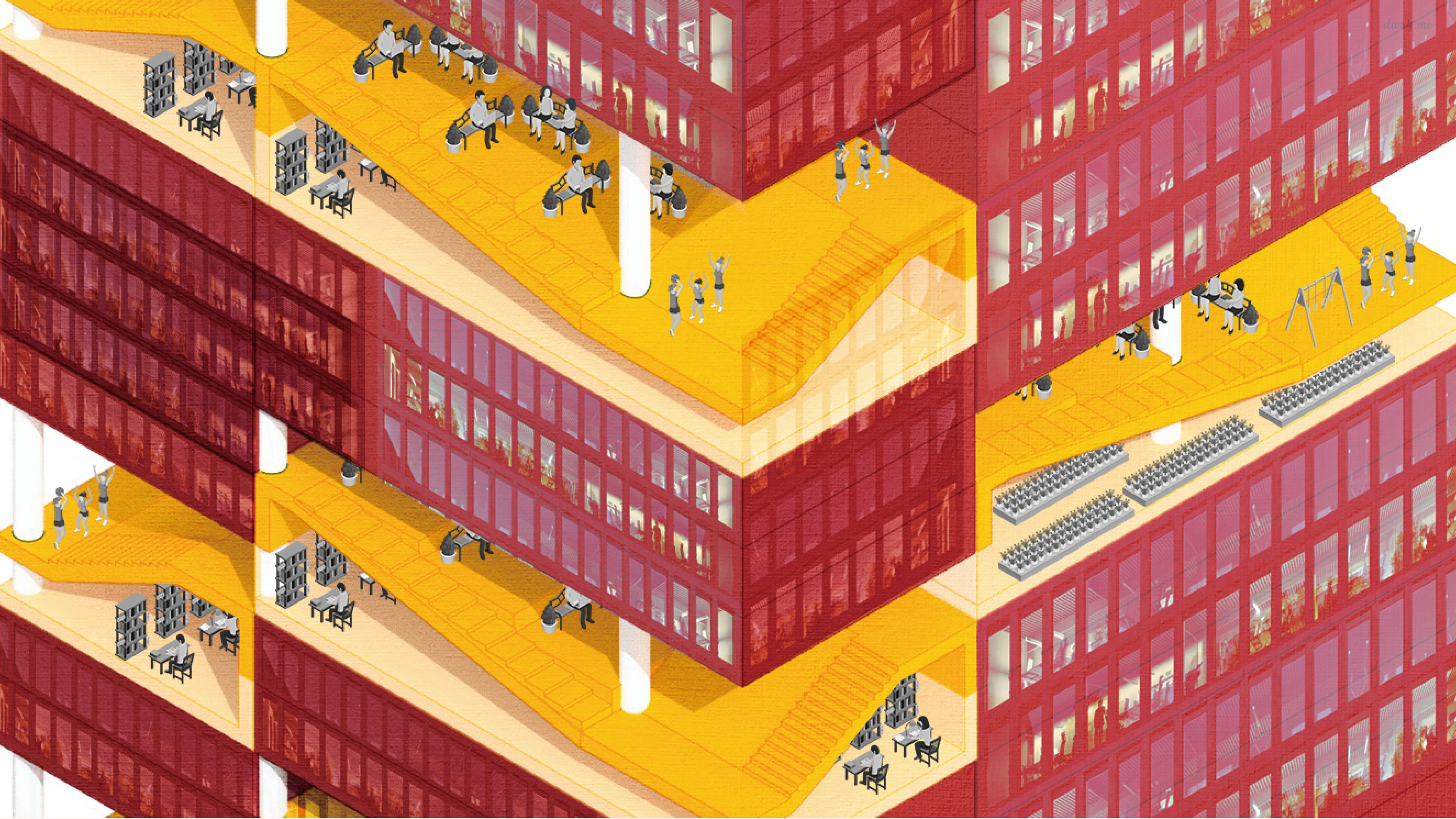 AXON
AXON